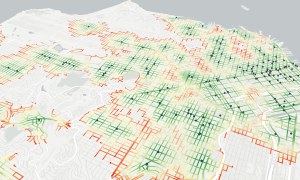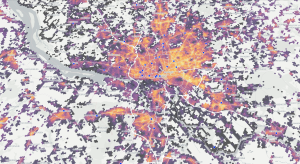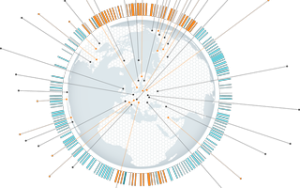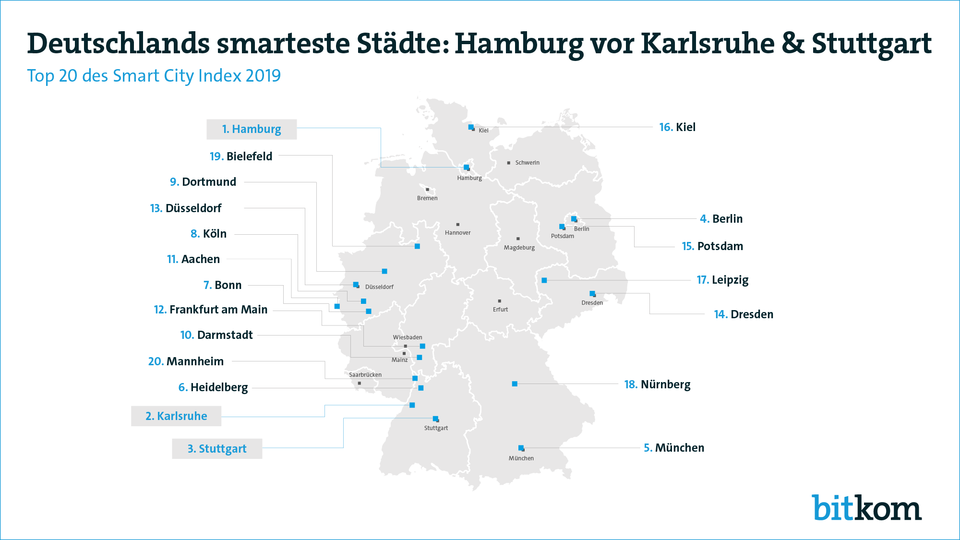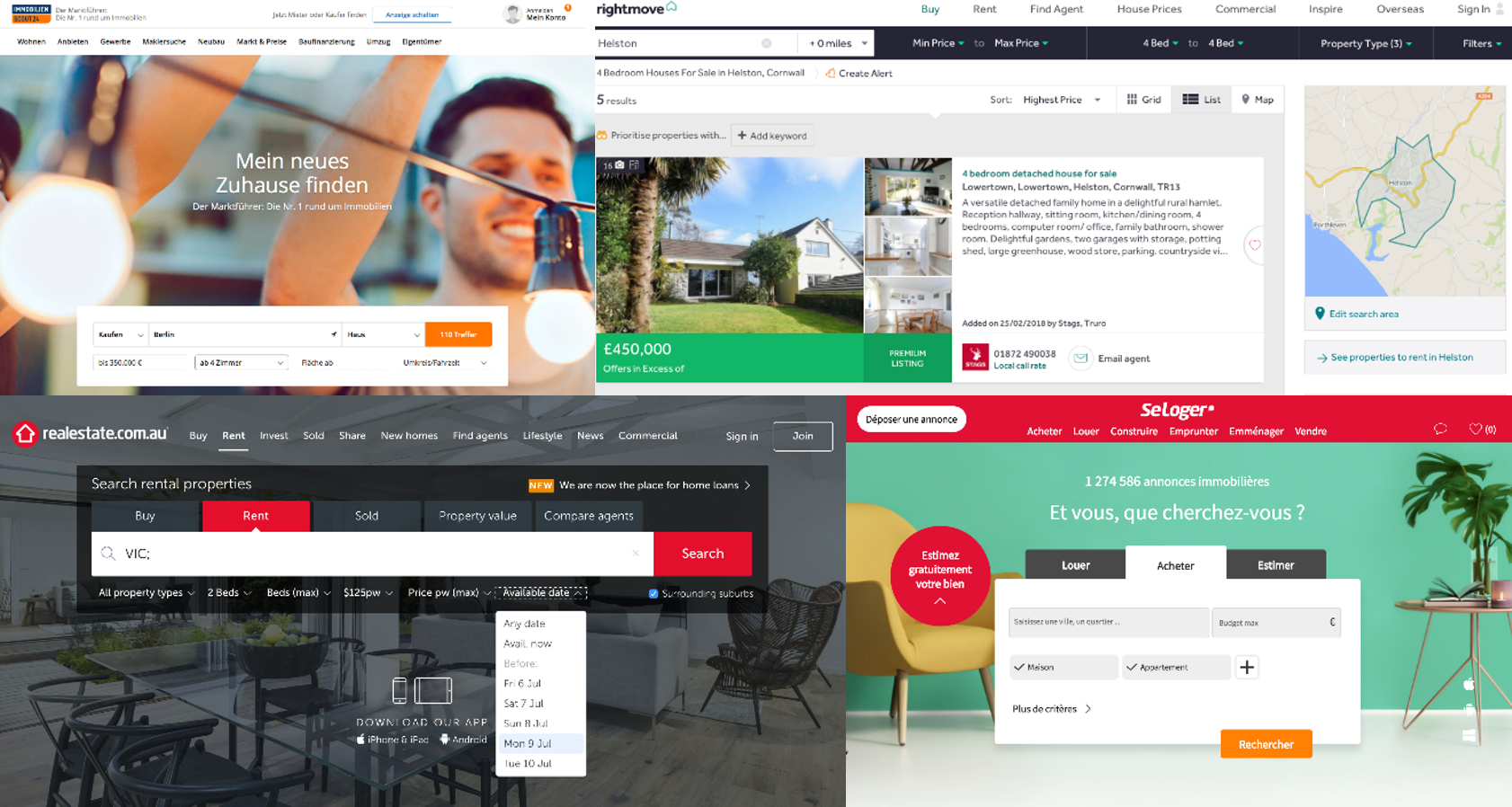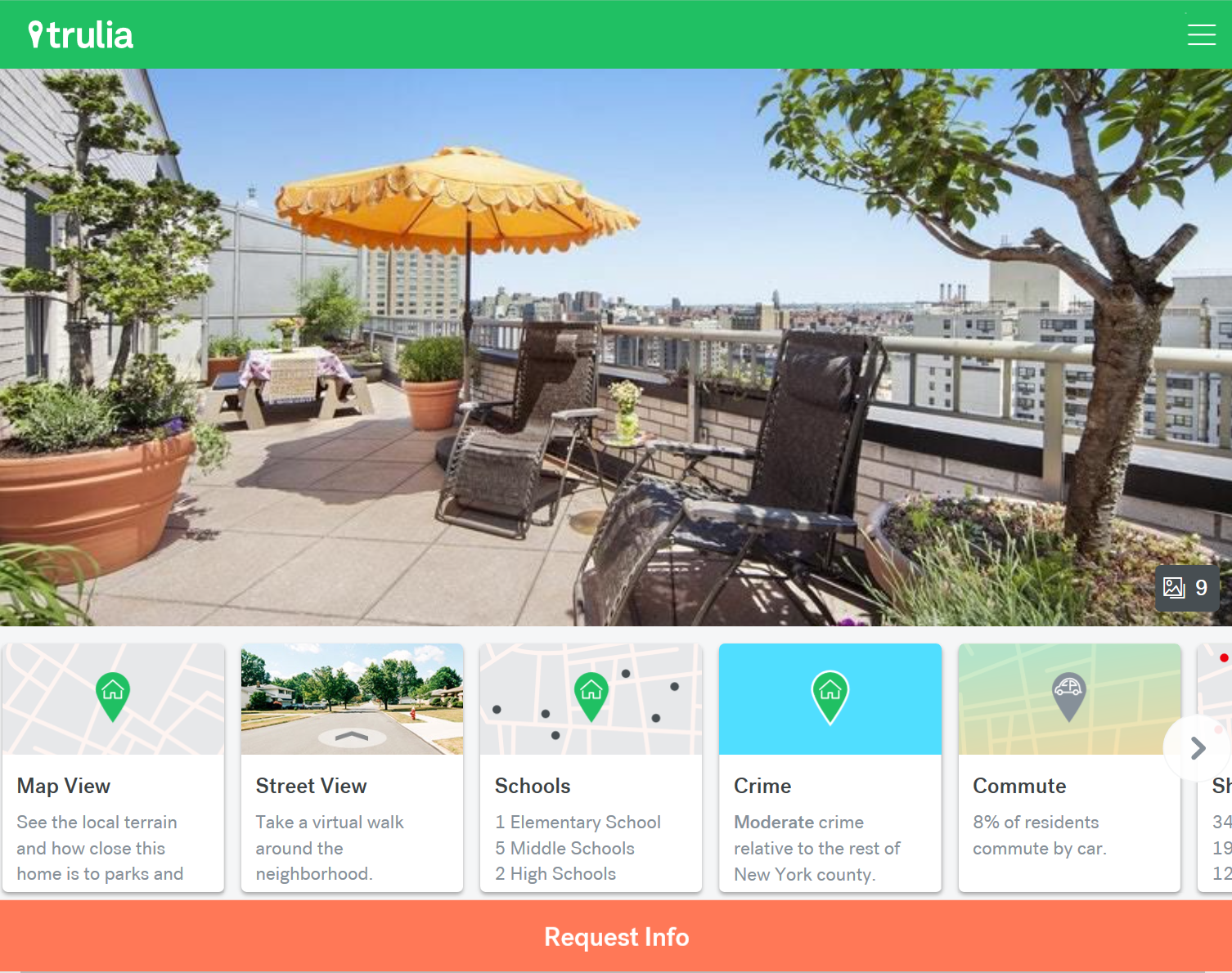Google Manager Joins Targomo as CEO to Expand Startup’s Location Analytics Services
Former Google manager Patrick Schoenemann has joined Targomo as CEO to expand the Berlin startup’s presence in the location and data analytics market. It is another high-level addition to the Berlin-based software maker, which had already attracted a former Nokia director and raised funding from venture capitalist Earlybird.
Patrick Schoenemann joined Targomo as chief executive officer and managing director on February 1 to strengthen the startup’s offering to businesses and public organizations. Patrick had been building up Google’s operations in Europe since 2006, running various positions within the Google Maps Enterprise business.
Targomo offers sophisticated mapping and location software, allowing managers to make intelligence business decisions based on location data. For example, the software predicts revenues of retail stores, forecasts the attractiveness of new offices before they are constructed, or optimizes public transportation networks to deliver the best possible service to commuters. Targomo’s cloud-based software is also able to analyze vast amounts of data to plan and update logistics routes, making sure goods are delivered on time and at minimal costs.
The Berlin-based startup has already won a wide range of customers across different industries and countries. Its clients include Oxford Retail Consultants in Britain, French telecoms group Orange, Dutch real estate platform Funda, Oslo’s public transportation authority Ruter, and German beverages retailer Getränke Hoffmann, among others.
“As an internationally experienced business leader, Patrick will expand our global position.” said Henning Hollburg, Targomo’s founder and managing director. “He has a deep understanding of geospatial information, and how businesses and public departments could use this data to generate insights and predictions to serve their customers. With his experience and background, Patrick is a natural fit for Targomo. It will be his mission to lead Targomo to sustainable growth and make us the market leader for location intelligence. His presence will allow me to focus on improving our technology.”
Scaling up
After 14 years with Google, Patrick felt inspired by Targomo to take the next step in his career and lead the Berlin-based startup. “Targomo offers state-of-the-art software to analyze and answer highly complicated location questions. I am deeply impressed how Targomo pioneers location intelligence and artificial intelligence, yielding extremely valuable insights. These will help organizations to forecast what customers need at what time and where exactly,” said Patrick. “This is the next chapter of how location-based services will help organizations to plan their future. I am looking forward to taking part in this exciting endeavor and work together with the team to bring Targomo’s services to clients across the globe. It is a unique chance to build up a company with a highly advanced technology that serves organizations and people at the same time.”
[quote text=”This is the next chapter of how location-based services will help organizations to plan
their future.” type=”long” name=”Patrick Schoenemann” role=”CEO at Targomo”]
Targomo has steadily expanded and received funding from European venture capital firm Earlybird in 2018. Last year, Targomo launched TargomoLOOP, a stand-alone platform which managers and employees without a coding background can use to gain insights into how to improve performance. In the same year, the company also hired Chand Malu, an engineer in information technologies who has worked at Nokia in Finland and India, and several tech companies in Germany.
“Following Earlybird’s participation and Chand’s engagement as senior product manager, Patrick will help us to further scale up our operations and bring our customers the location insights they need to gain a competitive advantage in fast moving markets,” said founder and managing director Henning. “At the core of our services is a routing technology that allows us to know exactly how much time people need to reach a location. By combining this reachability analysis with socio-economic demographics, data about movements and points of interest, and proprietary figures we can predict the performance of network changes and expansions.”
In 2013, Henning Hollburg founded Targomo together with Marc Hildebrandt, a successful German tech entrepreneur who supports Targomo as Executive Chairman and with his holding German Deep Tech. Before establishing Targomo, Henning completed his studies in Potsdam and Karlsruhe focusing on Cartography and Computer Science. The idea for Targomo came from a university project at the renowned Hasso Plattner Institute in Potsdam while Henning was writing his Master’s Thesis about the interactive analysis of reachability in large transportation networks. Henning dedicated his thesis to this topic after he had tried to find an apartment that he could reach quickly from his university.
About Targomo:
Bringing together advanced location analysis & artificial intelligence, Targomo helps organizations generate data-based insights and forecasts to boost performance. Founded in 2013 and based in Berlin and Potsdam, Targomo offers location intelligence solutions that convert complex geospatial research into actionable insights. These allow customers to optimize their retail networks and predict performance, deliver better public services, and to improve real estate search and logistics routing. More information: www.targomo.com
About German Deep Tech:
The German Deep Tech Group has been founded by serial entrepreneur Marc Hildebrandt. Together with the Hasso Plattner Institute for Digital Engineering (HPI) as excellence partner, the holding converts outstanding research results in software engineering, advanced analytics and information cartography into scalable growth companies, developing them sustainably. The portfolio includes several deep tech startups, among them Seerene, an AI-based end-to-end software analytics platform, Targomo, which leverages location intelligence to optimize business decisions, and Point Cloud Technology, a platform for automated point cloud analysis based on machine learning. More information: www.germandeeptech.com
About Earlybird:
Earlybird is a venture capital investor focused on European technology companies. Founded in 1997, Earlybird invests in all growth and development phases of a company. Amongst the most experienced venture investors in Europe, Earlybird offers its portfolio companies not only financial resources, but also strategic and operational support as well as access to an international network and capital markets. Earlybird manages separate funds focussing on digital technologies in Eastern and Western Europe as well as healthcare across Europe. With over EUR 1 billion under management, seven IPOs and 24 trade sales, Earlybird is one of the most successful venture capital firms in Europe. More information: www.earlybird.com
Not for publication:
For more information, interview requests, or high-resolution images, please contact Gilbert Kreijger,
marketing and communications manager, Targomo
Email: gilbert.kreijger [at] targomo.com
Comments Off on Google Manager Joins Targomo as CEO to Expand Startup’s Location Analytics Services

